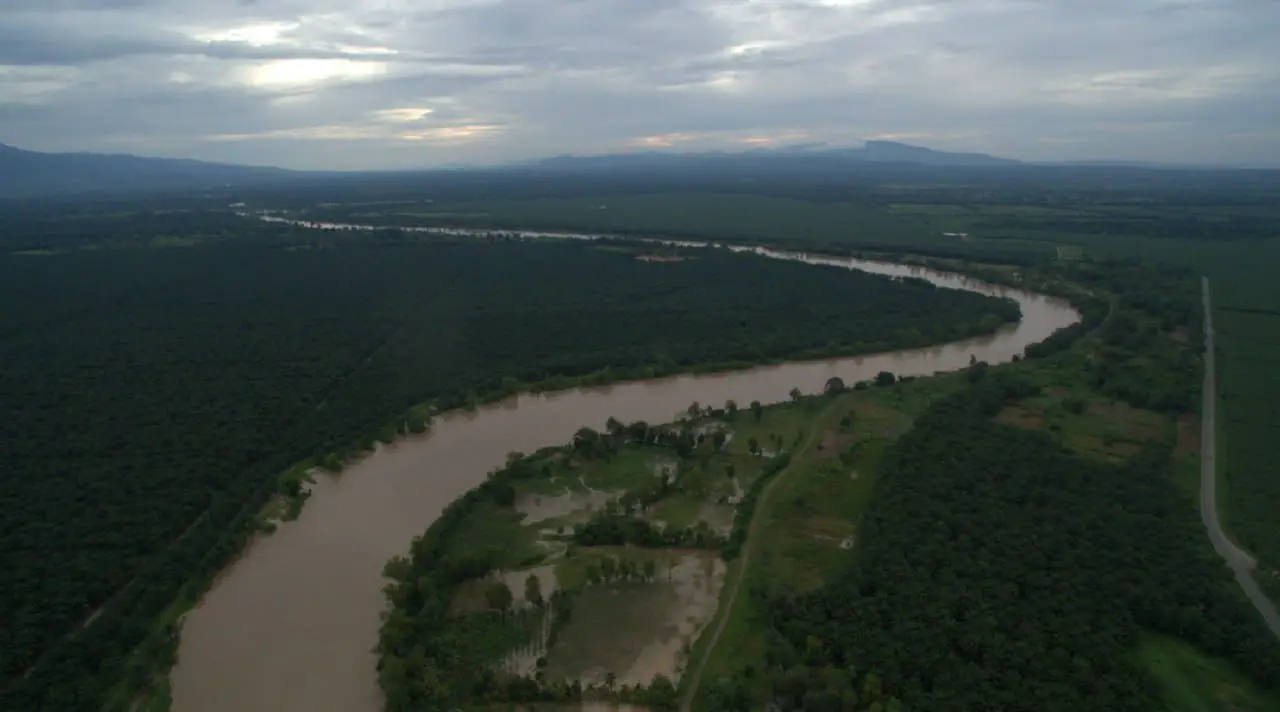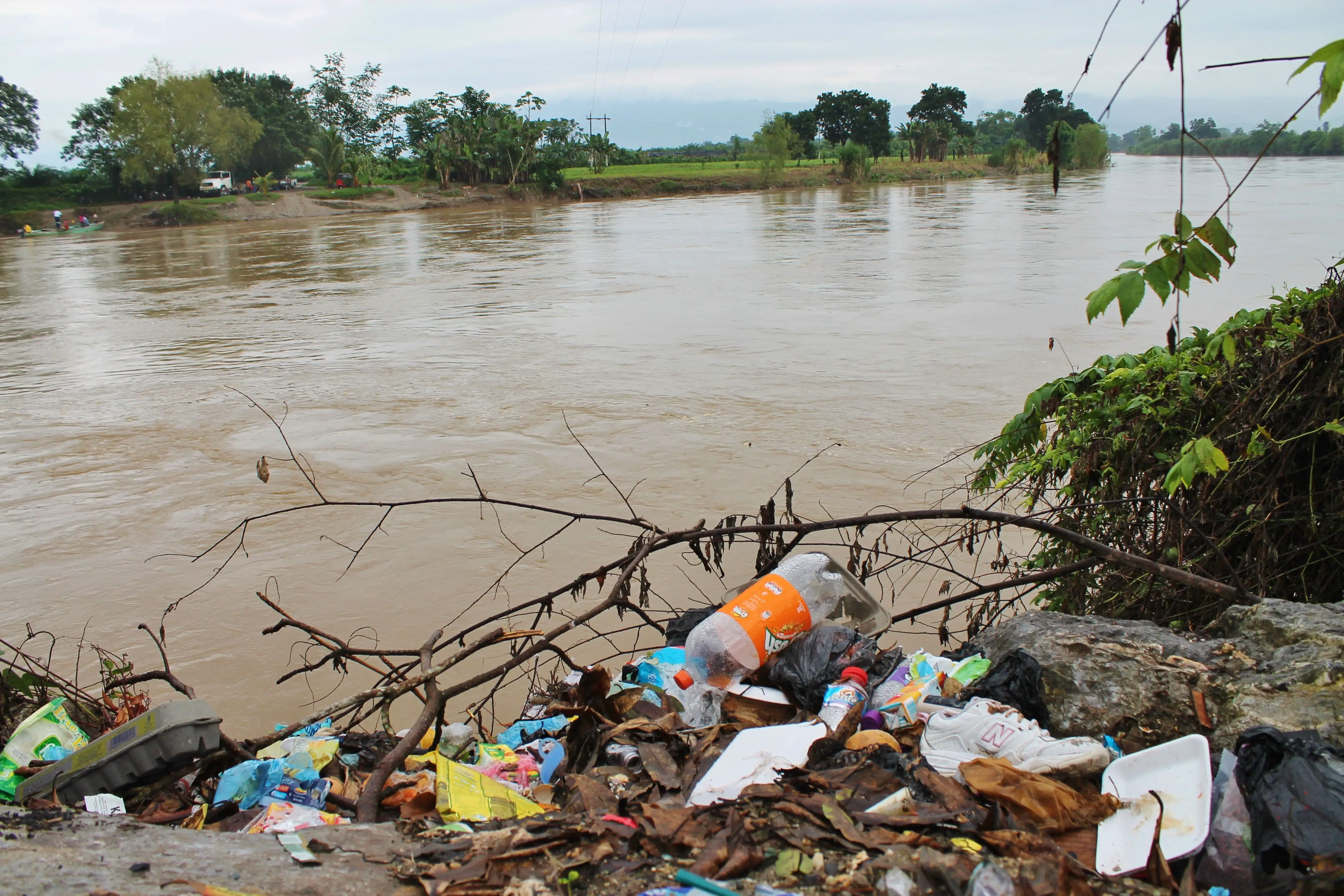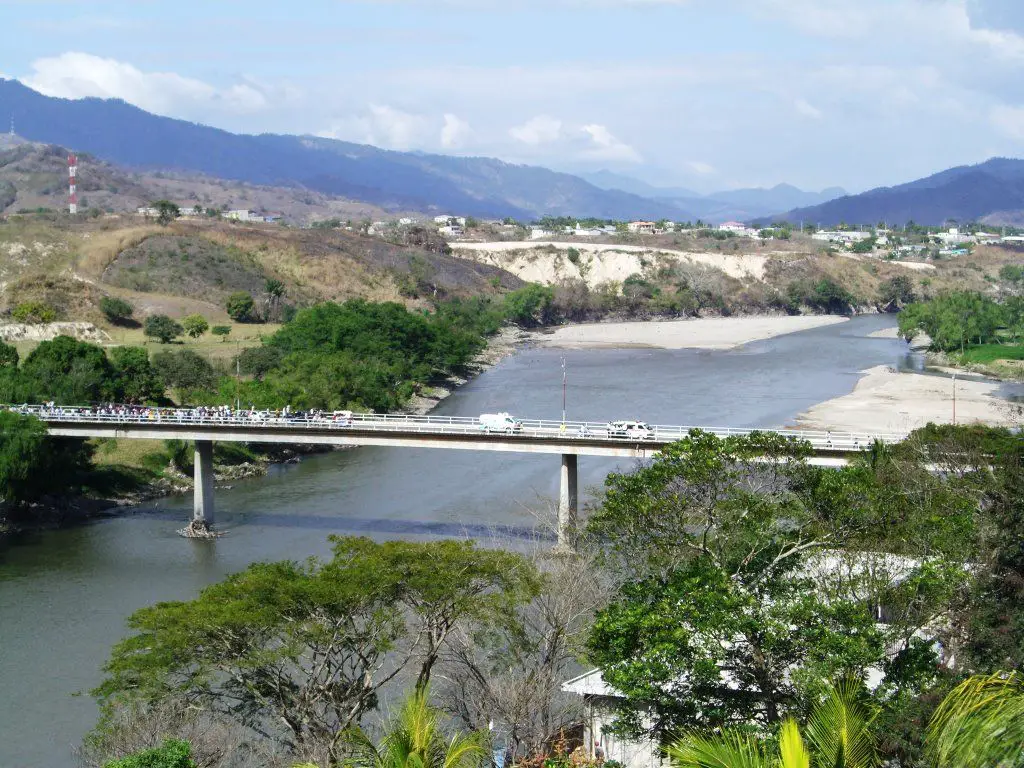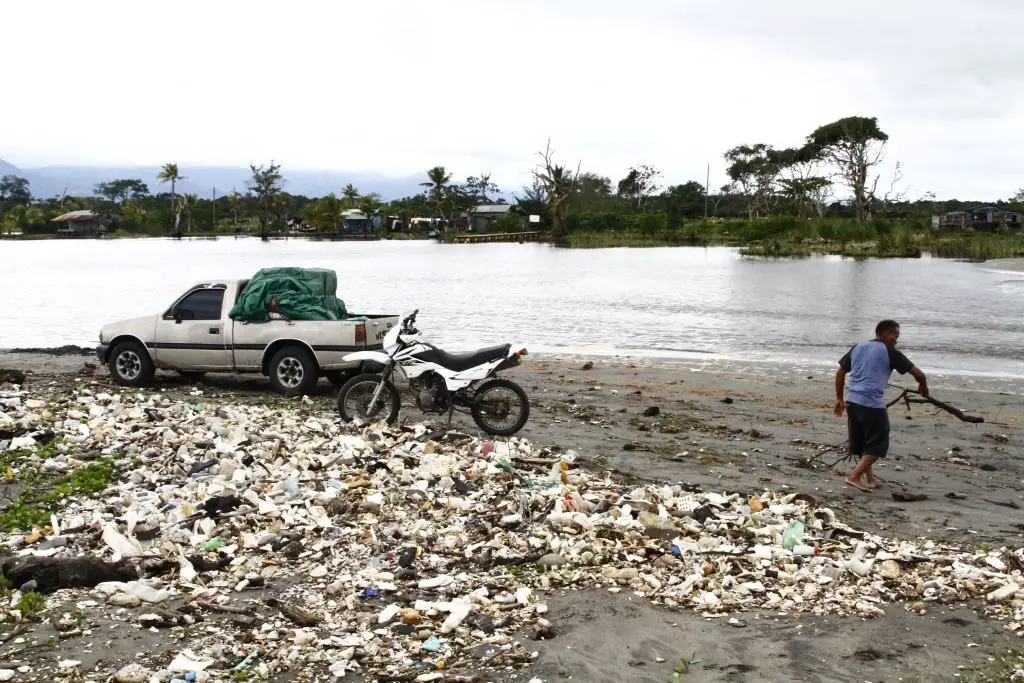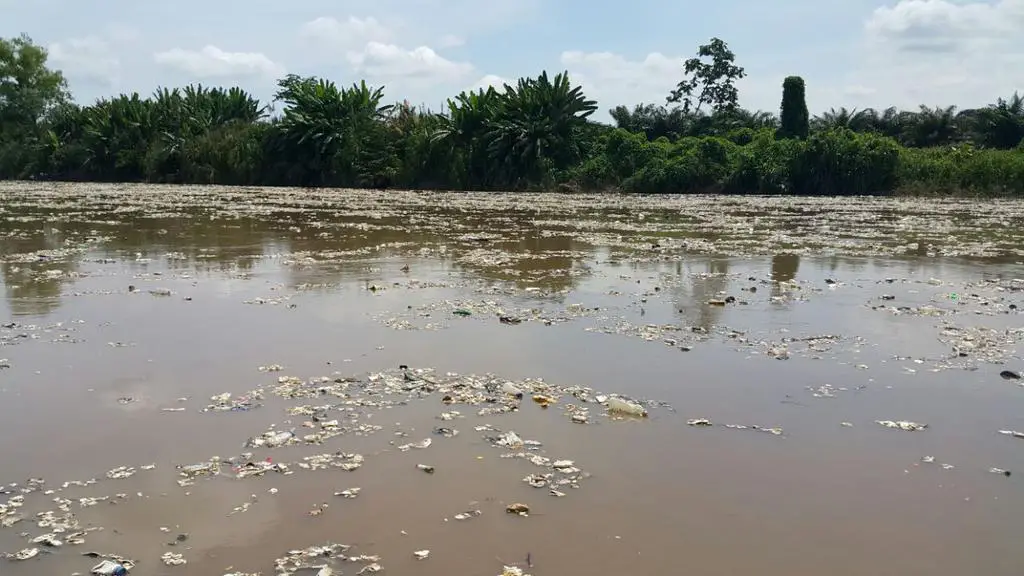The Motagua River, where it is located, is a river of great importance for Guatemala, which is why it is called El Rio Grande. If you want to know where the Motagua River is, where it originates and more, read on in this article.
Indice De Contenido
Location and map of the Motagua River
The Motagua River is very important to Guatemala as it is the largest river in the country. The Motagua River rises in the western highlands of Guatemala.
The area of the Motagua River basin is seventeen thousand six hundred and seventy square kilometres and extends over fifteen thousand one hundred and ninety square kilometres in Guatemala and 2,480 square kilometres in Honduras, for a total of 17670 square kilometres. It borders Honduras and flows into the Caribbean Sea at the mouth of the Motagua River.
This makes it the longest river basin in Guatemala. It is considered a binational basin as it crosses two countries, Guatemala and Honduras. Deforestation has affected up to 50% of the Motagua basin since the 1980s.
Below is a map of the Motagua River where you can see how the river originates in the west and its long journey to the sea where it flows into the Motagua River.
Although the Motagua River in Guatemala is so important to the country, it is unfortunately very polluted, a few years ago an operation began to clean its waters, but such is the level of pollution that it has been an arduous task, and to this day they are still working to clean it.
Livestock is also affected by this contamination, as the river is the source of water for the animals, forcing the villagers to buy chemicals to treat the water so they can use it. This leads to an increase in production and therefore an increase in the price of vegetables, fruit, vegetables and meat.
Fishing in the river is virtually non-existent due to the high levels of pollution in the Motagua River, and there is only a large die-off of fish that reaches the banks of the river. One of the biggest polluters of the river is the city of Guatemala, but not directly, as the waste falls into the Río Las Vacas, which empties its waters into the Motagua (see article: Río de la Plata).
Although the Motagua River is the only place in Mesoamerica where we can find jade, hence the importance of this river, it is completely abandoned. Since time immemorial, the Motagua River has been the source of this precious stone, but it was not until 1952 that the geologist Robert Leslie rediscovered these mines on the slopes of the river (see article: San Francisco River).
It is on the banks of the Motagua River that concentrations of jade are found. The value of this stone is very high, although the country has not been willing to exploit this treasure, according to a Chinese proverb. If gold can be valued, jade itself remains priceless.
Motagua River Valley
The Motagua River Valley is famous for being the only source of jade in Mesoamerica, although other types of stone, such as marble, are also found here. It was once an important trade route in pre-Columbian times. This valley is characterised by lowland forests of cacti and thorn bushes, which make it a very thorny place.
Motagua River in Honduras
The Motagua River in Honduras occupies a very small part of the country, only two thousand four hundred and eighty kilometres of its territory. In colonial times, it was of vital importance as it was the transport route to the sea in Honduras, to the port of Omoa, which was the only port in existence at the time.
Today, the Motagua River brings pollution to the beaches of Honduras, and for several years the Executive has been calling on Guatemala to solve this serious problem.
After many attempts, they have reached an agreement and are working together to clean up the Motagua River so that Honduras can rebuild the beaches at the mouth of the river. Two of the communities most affected by this serious problem in Honduras are the communities of Omoa and Puerto Cortes.
What worries the Honduran government most is that Omoa is located in an area protected by the Cuyanel National Park, which is listed as one of the most beautiful areas in Honduras.
This pollution is affecting the mangroves there, as the garbage gets caught in them and prevents the species that live underneath them from lighting up (see article: Río Segura).
The Guatemalan government is taking action and has proposed the installation of sewage treatment plants in the villages around the river to prevent sewage from entering the river and contaminating it.
In this picture we can see the high level of pollution in the Motagua River in Guatemala, all of this waste goes directly to the beaches of Honduras, so there is a great need and urgency for the Guatemalan government to get to work and clean up the river.
In the video below you can see how they have already started collecting rubbish from the banks of the river and it is estimated that it will soon be free of waste.

